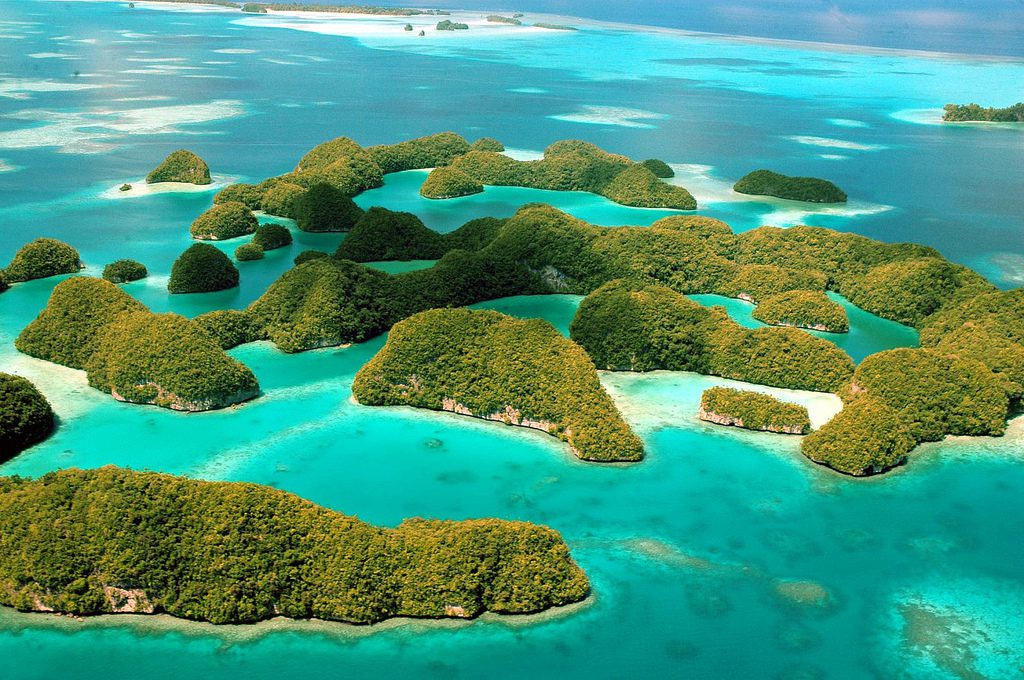Palau Campaign Stands Tough on Environment Despite Hit to Tourism

Skift Take
The hugely celebrated campaign, Palau Pledge, has not brought in more arrivals to Palau, which is also being hit by a China ban. Nobody should expect it to. Here’s why.
There is something sexy about the idea of a tiny nation standing up for itself. Palau, an archipelago in the western Pacific Ocean with a population of just over 22,000, did that twice in the last year.
First, it stood up to tourists, asking for, in not so many words, respect from them. The Palau Pledge campaign is the first in the world to ask visitors to sign a declaration in passports to protect its environment and culture for the next generation, a move that has since been followed by Hawaii and New Zealand.
It also stood up to China, which is said to ban tours to the island because it continues to maintain diplomatic ties with Taiwan.
China came from nowhere to elbow out Japan as Palau’s top market in fiscal year 2015 with over 90,000 Chinese tourists. Total arrivals shot to nearly 170,000 for the first time that year.
But by fiscal year 2018, Chinese arrivals stood at just over 50,000, forcing Palau Pacific Airways to suspend “indefinitely” last July its Hong Kong-Palau flights. In a statement to Congress, as reported by the local Island Times, the airline group said “the Chinese government made Palau an illegal tour destination possibly and most likely due to lack of diplomatic status.”
It added this was not a severe problem before 2017 but had become a “very serious problem with the Chinese government seemingly putting an effort to slow or stop tourists from going to Palau in 2017.”
Earlier, in May 2018, Delta Air Lines axed flights from Japan’s Narita to Palau, and Saipan, citing lower demand for Micronesia.
As a result, arrivals from all markets except
